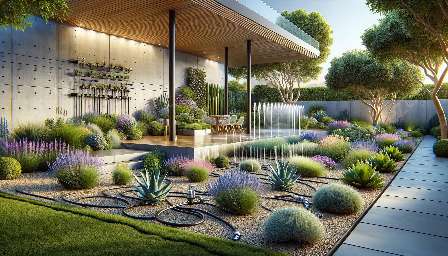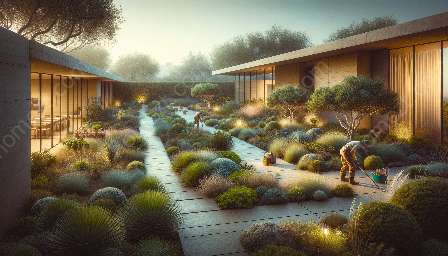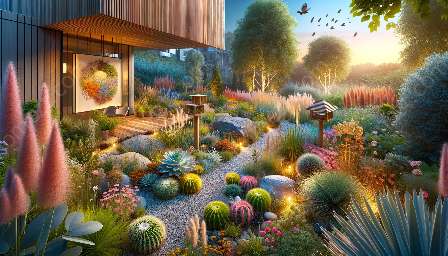Xeriscaping is a sustainable landscaping practice that focuses on water conservation and creating beautiful outdoor spaces. When it comes to xeriscaping for wildlife habitat, the goal is to harmoniously integrate low-water use plantings with elements that support local animal species and ecosystems. By understanding the principles of xeriscaping and how they can be applied to create wildlife-friendly areas, gardeners and landscapers can contribute to the preservation of biodiversity and the health of their local environment.
Understanding Xeriscaping
Xeriscaping is a landscaping approach that originated in arid regions, aiming to reduce water usage and promote sustainable gardening practices. The principles of xeriscaping involve selecting climate-appropriate plants, improving soil health, efficient watering techniques, and thoughtful design to create visually appealing landscapes that thrive in the local environment without relying heavily on water resources.
Creating a Wildlife Habitat
While xeriscaping is primarily known for its water-saving benefits, it can also be adapted to create a wildlife habitat. By incorporating native plants, water features, and natural materials, xeriscaped areas can attract and sustain a variety of local wildlife, including birds, butterflies, bees, and other beneficial insects. This approach promotes ecological balance and provides a sanctuary for native species, all while maintaining the aesthetic appeal of the garden or landscape.
Choosing Native Plants
One of the key elements of xeriscaping for wildlife habitat is the selection of native plant species. Native plants are well-adapted to the local climate and soil conditions, requiring minimal maintenance and water once established. They provide food, shelter, and nesting sites for local wildlife, supporting the entire ecosystem. When choosing plants, consider their suitability for the specific habitat and their attractiveness to wildlife, such as nectar-rich flowers for pollinators and fruit-producing trees for birds.
Water Features and Wildlife
Integrating water features into xeriscaped areas can greatly enhance their appeal to wildlife. Small ponds, birdbaths, or shallow containers with water can serve as valuable resources for birds, amphibians, and insects. These features not only provide drinking water but also support aquatic life and create diverse habitats within the landscape. When designing water features, it's important to ensure they are sustainable and do not result in excessive water usage, aligning with the principles of xeriscaping.
Landscaping Techniques
Applying sound gardening and landscaping techniques within the xeriscaping framework can further enhance its wildlife habitat potential. For example, creating varied plant heights and layers contributes to habitat diversity, offering different species places to feed and seek shelter. Additionally, avoiding excessive pruning and allowing some natural litter to accumulate provides hiding places and food sources for small animals and insects.
Benefits of Wildlife-Friendly Xeriscaping
Xeriscaping for wildlife habitat offers numerous benefits, both for the environment and for individuals. By supporting local wildlife, gardeners and landscapers contribute to the preservation of biodiversity and the natural balance of the ecosystem. Additionally, these landscapes often require less maintenance and lower water usage, leading to cost savings and reduced environmental impact. Furthermore, they provide opportunities for observation and enjoyment of nature, creating a more fulfilling outdoor experience.
Conclusion
Integrating xeriscaping principles with the goal of creating wildlife-friendly habitats opens up new possibilities for sustainable and aesthetically pleasing gardens and landscapes. By actively promoting biodiversity and providing essential resources for local wildlife, individuals can play a significant role in conserving the natural environment. Through thoughtful plant selection, water management, and intentional design, xeriscaping can transform outdoor spaces into vibrant ecosystems that support and nurture diverse wildlife populations.


































